Buy Immaculate Conception, Francisco de Zurbarán - 1632 as a reproduction on canvas, ArtFrame, poster and wallpaper, printed on demand in high quality.
About "Immaculate Conception, Francisco de Zurbarán - 1632"
About the artwork
Francisco de Zurbarán (Fuente de Cantos, 7 November 1598 - Madrid, 27 August 1664) was a Spanish painter.
Zurbarán may have had the opportunity to copy some of Michelangelo da Caravaggio's paintings in Seville. In any case, he was called the Spanish Caravaggio because of the strict realistic style in which he excelled. Usually he painted directly from nature. For his study of draped fabric, for which he had a particularly great talent, he made frequent use of ledepoints. He had a special gift for painting white fabrics. The Carthusians, dressed in white, appear frequently in his paintings.
Zurbarán is said to have adhered to this approach throughout his life. His subjects were usually serious and ascetic religious ceremonies in which the spirit chastises the flesh to submission. The compositions are rarely overloaded and are often reduced to a single figure. His style is more reserved and subdued than that of Caravaggio and his paintings are often bluish in colour. Exceptional effects are achieved by a precisely worked out foreground that fills up a large part of the image and by the use of light and shadow.
The works of Francisco de Zurbarán are considered to be Baroque.
Old Master collections
Discover more Old Masters in the following collections:
 Germany
Germany Ordered in October 2021
Ordered in October 2021
 Netherlands
Netherlands Ordered in May 2023
Ordered in May 2023
 Netherlands
Netherlands Ordered in December 2021
Ordered in December 2021
 Netherlands
Netherlands Ordered in March 2020
Ordered in March 2020
 Germany
Germany Ordered in February 2019
Ordered in February 2019
 Germany
Germany Ordered in November 2021
Ordered in November 2021
 Netherlands
Netherlands Ordered in March 2024
Ordered in March 2024
 Netherlands
Netherlands Ordered in March 2024
Ordered in March 2024
 Germany
Germany Ordered in December 2022
Ordered in December 2022
 Germany
Germany Ordered in November 2019
Ordered in November 2019
 Germany
Germany Ordered in April 2021
Ordered in April 2021
 Netherlands
Netherlands Ordered in January 2021
Ordered in January 2021
About the material
ArtFrame™
Interchangeable Art Prints
- High-quality print
- Easily interchangeable
- Acoustic function
- Large sizes available
Discover the Old Masters collection
 Two little girls carrying a basket - Jozef Israels
Two little girls carrying a basket - Jozef Israels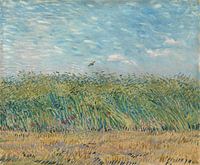 Vincent van Gogh, Cornfield with partridge
Vincent van Gogh, Cornfield with partridge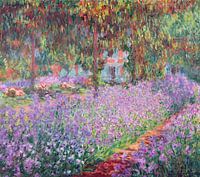 The Artist's Garden at Giverny, Claude Monet
The Artist's Garden at Giverny, Claude Monet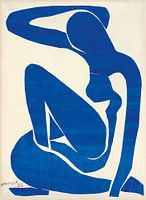 Henri Matisse. Blue nude
Henri Matisse. Blue nude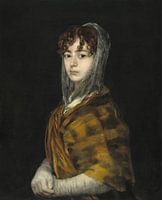 Francisca Sabasa y Garcia - Portrait woman old master of Francisco Goya
Francisca Sabasa y Garcia - Portrait woman old master of Francisco Goya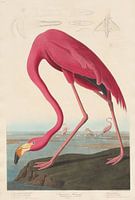 American Flamingo, original
American Flamingo, original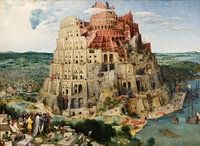 The Tower of Babel, Pieter Bruegel
The Tower of Babel, Pieter Bruegel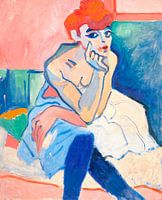 Woman in a Chemise, André Derain
Woman in a Chemise, André Derain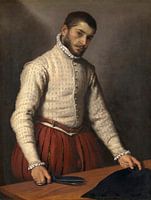 The Tailor, Giovanni Battista Moroni
The Tailor, Giovanni Battista Moroni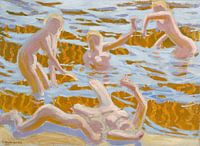 Oceanides, Akseli Gallen-Kallela
Oceanides, Akseli Gallen-Kallela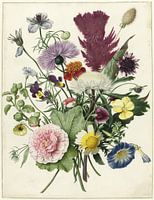 Bouquet of flowers on white background (seen at VT Wonen)
Bouquet of flowers on white background (seen at VT Wonen)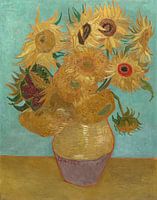 Vincent van Gogh. Sunflowers
Vincent van Gogh. Sunflowers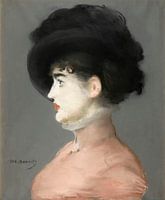 Irma Brunner, Édouard Manet
Irma Brunner, Édouard Manet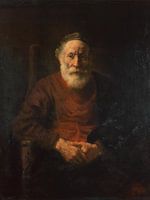 Portrait of an old man in red, Rembrandt
Portrait of an old man in red, Rembrandt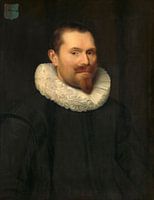 Portrait of a man, anonymous - 1633
Portrait of a man, anonymous - 1633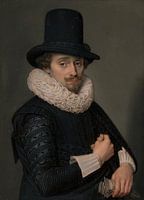 Self-portrait, Adriaen van de Venne
Self-portrait, Adriaen van de Venne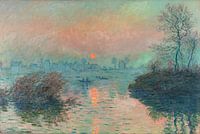 Sunset on the Seine at Lavacourt, Claude Monet
Sunset on the Seine at Lavacourt, Claude Monet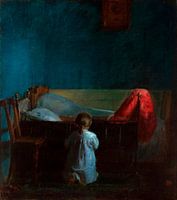 Evening prayers, Anna Ancher
Evening prayers, Anna Ancher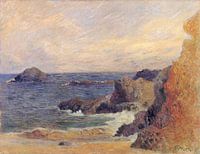 Rocks by the sea, Paul Gauguin - 1886
Rocks by the sea, Paul Gauguin - 1886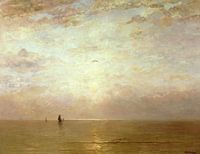 Sunset, Hendrik Willem Mesdag
Sunset, Hendrik Willem Mesdag
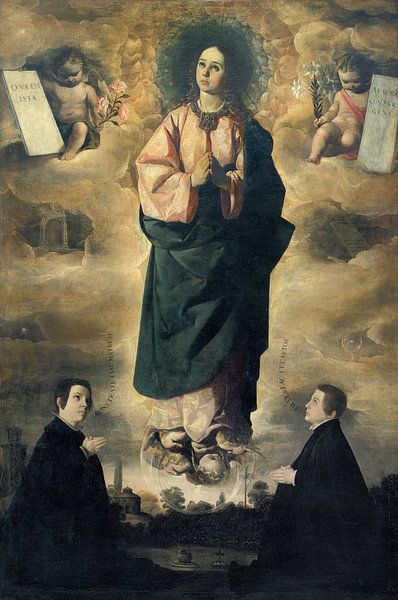
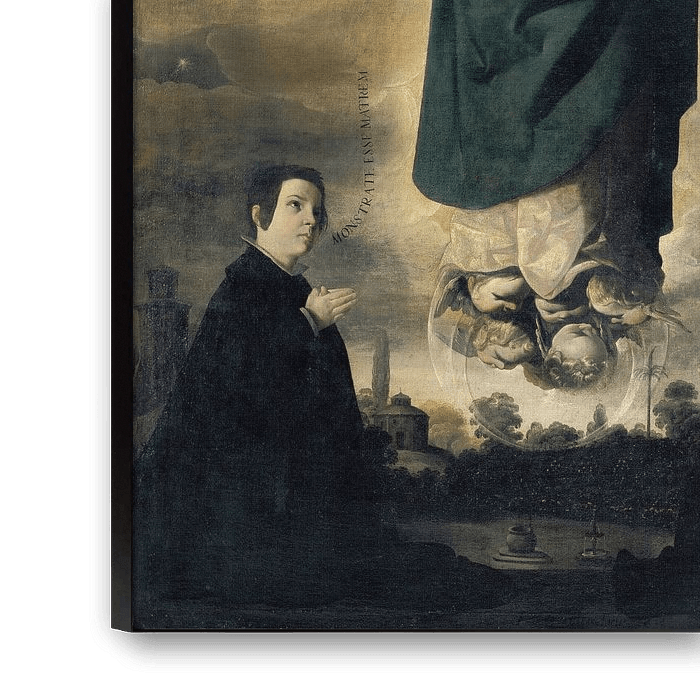








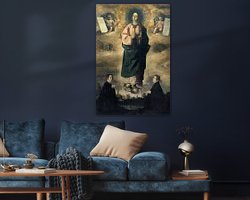


 Golden Age
Golden Age Old masters
Old masters Serene Peace
Serene Peace Spain
Spain









